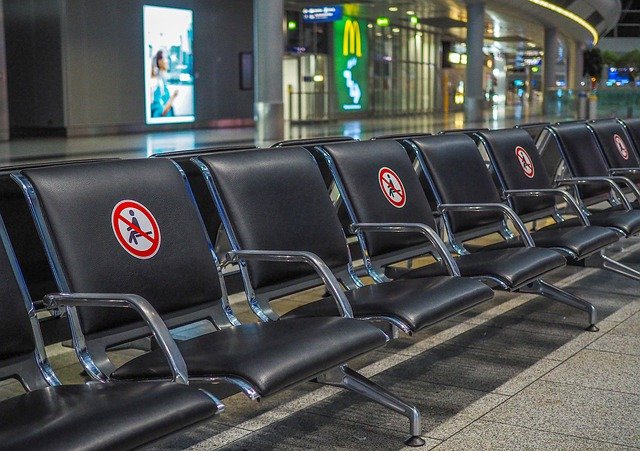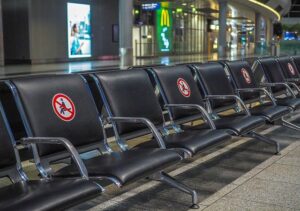

Amid gradual reopening of the economy, the Inter-Agency Task Force for the Management of Emerging Infectious Diseases (IATF) has released IATF Resolution No. 79, which eases restrictions on business operations; movements of goods, services and people across zones; and non-essential local and overseas travel.
Signed on October 15, IATF Resolution 79 authorizes the Department of Trade and Industry (DTI) to adjust the permissible on-site operational capacities of all business establishments and activities in areas placed under general community quarantine (GCQ) or lower.
Business establishments and malls may now also hold activities to spur consumer and economic activity, subject to DTI guidelines on mall operations, the resolution said.
The IATF list of Authorized Persons Outside their Residences (APOR) is also updated to include returning or repatriated overseas Filipino workers, overseas Filipinos returning to their places of residence, and other persons transported through the efforts of the national government. This is subject to observing the necessary quarantine protocols and getting the concurrence of the receiving local government units (LGU).
The IATF also made the definitions of interzonal movement and intrazonal movement more specific.
Interzonal movement, which has been defined as the movement of people, goods and services across areas under different community quarantine classifications, now specifically states “between provinces, highly urbanized cities, and independent component cities under different community quarantine classification.”
Intrazonal movement, meanwhile, now refers to the movement of people, goods and services between provinces, highly urbanized cities and independent component cities under the same community quarantine classification, without transiting through an area placed under a different classification.
Related to interzonal and intrazonal movement, the IATF considers as APORs the following: health and emergency frontline services personnel, government officials and government frontline personnel, duly authorized humanitarian assistance actors, persons travelling for medical or humanitarian reasons, persons going to the airport for travel abroad, and anyone crossing zones for work or business who are permitted to be in the zone of destination and are going back home.
Interzonal movement for any purpose of persons not authorized outside of residences (non-APOR) between areas placed under GCQ or modified GCQ (MGCQ) will be permitted, subject to the reasonable regulations imposed by the LGU concerned. In the case of Boracay Island, this is subject to regulations imposed by the Boracay Inter-Agency Task Force.
The same policy applies to the intrazonal movement of non-APORs across areas placed under GCQ or MGCQ and the interzonal movement of non-APORs between areas placed under MGCQ and the “new normal.”
Relatedly, the IATF enjoins LGUs to exclude workers, APORs, and necessary establishments from the coverage of curfew ordinances; to coordinate with each other and standardize curfew rules; and to relax curfew hours.
The IATF will also lift the restriction on non-essential outbound travel of Filipinos effective October 21, 2020.
Filipinos traveling on tourist visas may be allowed to leave the country if they submit confirmed round-trip tickets and adequate travel and health insurance, execute an immigration declaration acknowledging the risks involved in traveling; and present a negative Antigen result taken within 24 hours before departure, subject to Department of Health guidelines.
Outbound Filipino travelers shall likewise follow the Guidelines of the National Task Force for returning overseas Filipinos.
Further, persons 15 to 65 years old are now allowed to go out, as compared to the previous age range of 18 to 60 years old. LGUs may impose a higher age limit for minors, depending on the COVID-19 situation in their respective jurisdictions.




